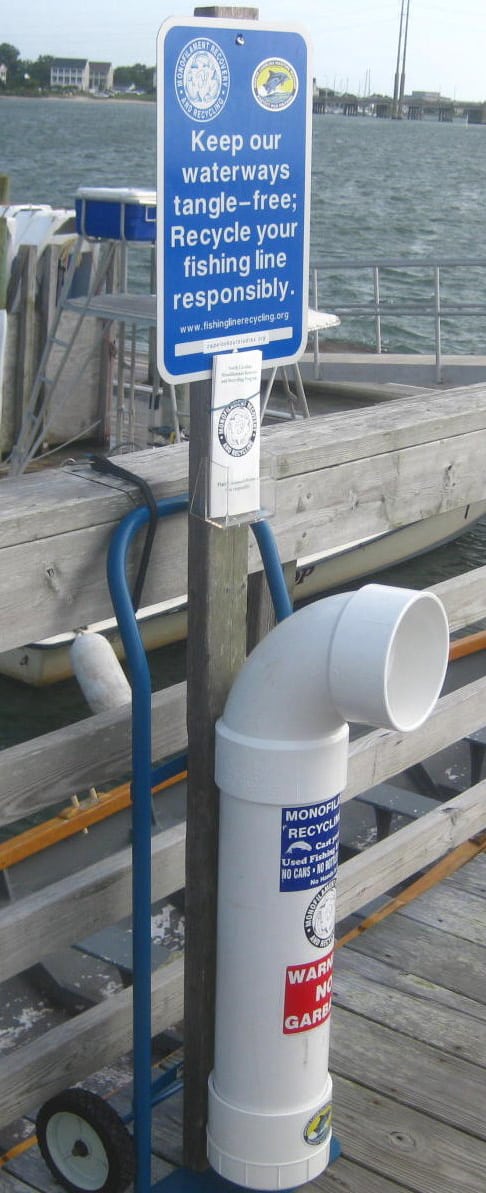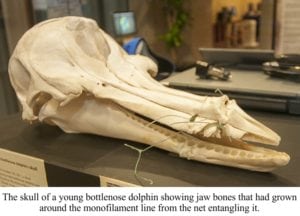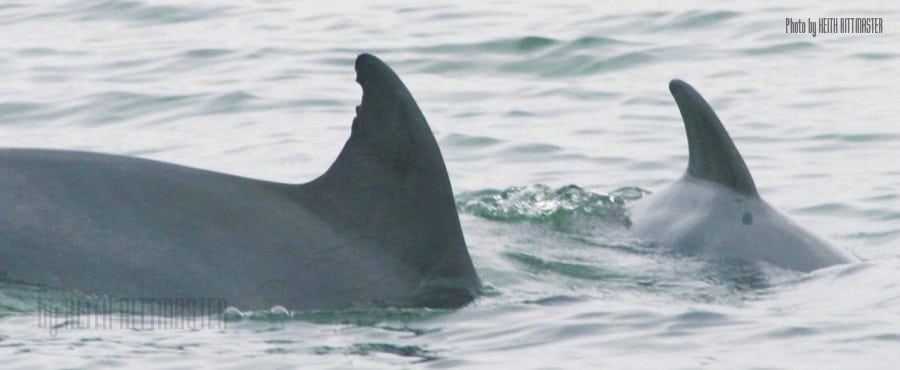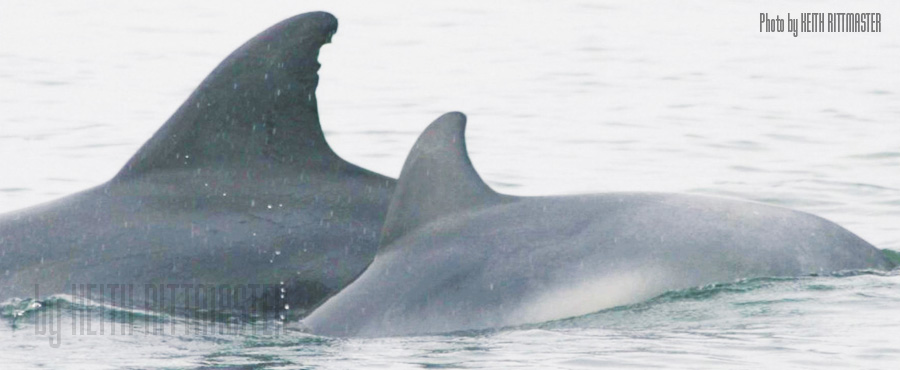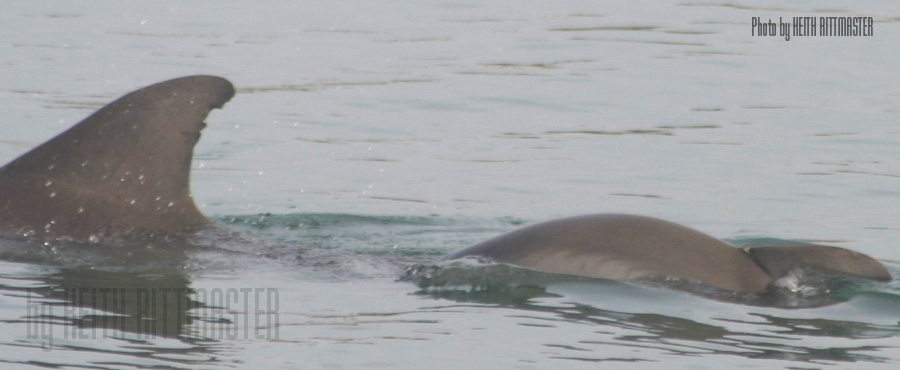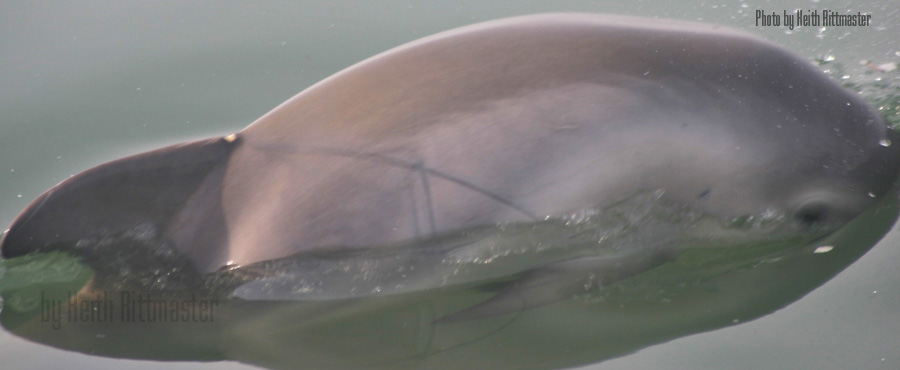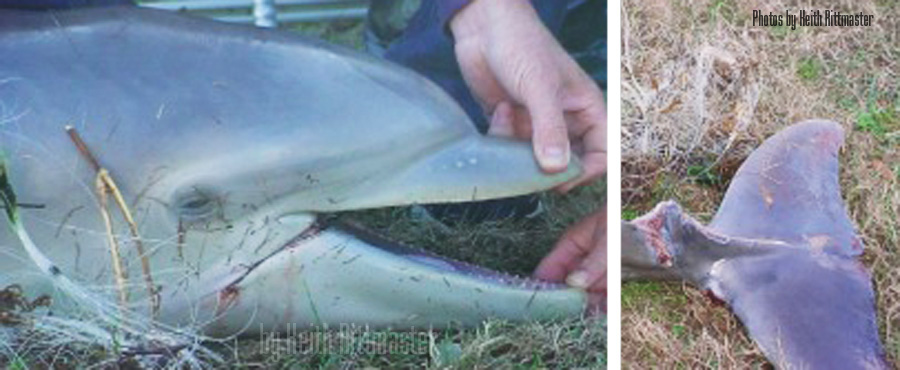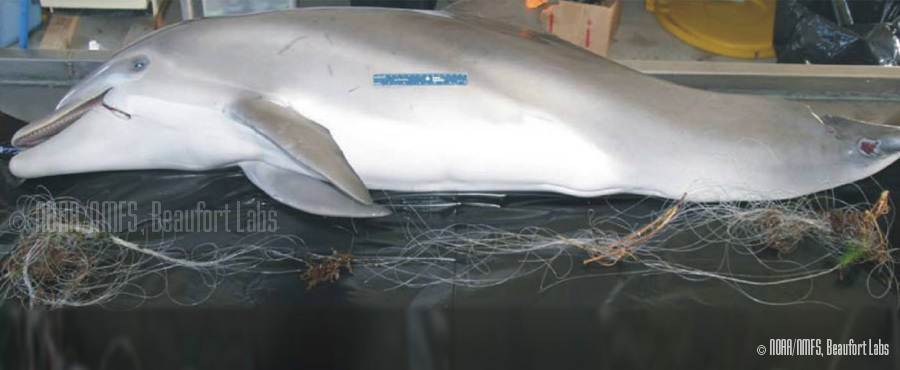NC Monofilament Recovery & Recycling Program
When marine animals die from becoming entangled in discarded fishing line, we all lose. But we can greatly reduce the number of useless deaths with your participation on the NC Monofilament Recovery and Recycling Program. It’s easy, it’s convenient, and it’s the right thing to do.
Monofilament recycling
If you’ve ever witnessed an animal that’s been entangled in improperly discarded fishing line, you’ll understand why the monofilament recycling program is so important. Don’t leave your old fishing line on the beach, unsecured on the boat, or in the ocean. And when it’s time to get rid of it, look for one of the convenient recycling bins. Fishing line thrown in the trash works its way to the top of the landfill and often finds its way back into the environment. With your help, we can greatly reduce the number of useless deaths of some of our most important marine species.
Look for the convenient recycling bins
Monofilament Recycling and Recovery Program volunteers have placed over 60 recycling bins across the North Carolina coast and they’re adding more all the time. You’ll find them at piers, docks, boat ramps, marinas and the best retailers on the coast. So far, volunteers have collected over 700 miles of discarded fishing line. Recycle your fishing line and help ensure that the most amazing coastal environment in America, stays that way. Looking for your nearest bin?
Check out our map of Fishing Line Recycling Bin locations at the bottom of this page.
NC Monofilament Recovery & Recycling Program brochure (pdf)
Getting Started (pdf)
Monofilament bin locations (pdf)

